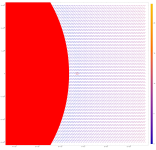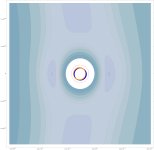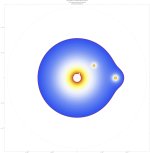G. Kashkanun Anderson
SOC-13
What?!Edition specific.
According to MWM's Jumpspace article in JTAS 24 repeated in MgTJTAS 2 a ship must be entering jump space or leaving jump space to be affected by "gravity". You do not get pulled out of jumpspace for the simple reason you are not in our universe anymore.
No.
And a bit later:The perturbing effects of gravity preclude a ship from exiting jump space within the same (100 diameter, ed.) distance. When ships are directed to exit jump space within a gravity field, they are precipitated out of jump space at the edge of the field instead.
-- 'Jumpspace', JTAS 24, pg. 34
I can't speak for whatever Mongoose's source has to say about it, but MWM was pretty clear on the matter: If you attempt to direct a jump path into or through a gravity well, you will get kicked out at the established horizon.... there seems to be a built-in safety feature for ships trying to leave jump space within 100 diameters of a world. Ships naturally precipitate out of jump as they near the 100 diameter limit.
-- 'Jumpspace', JTAS 24, pg. 35




